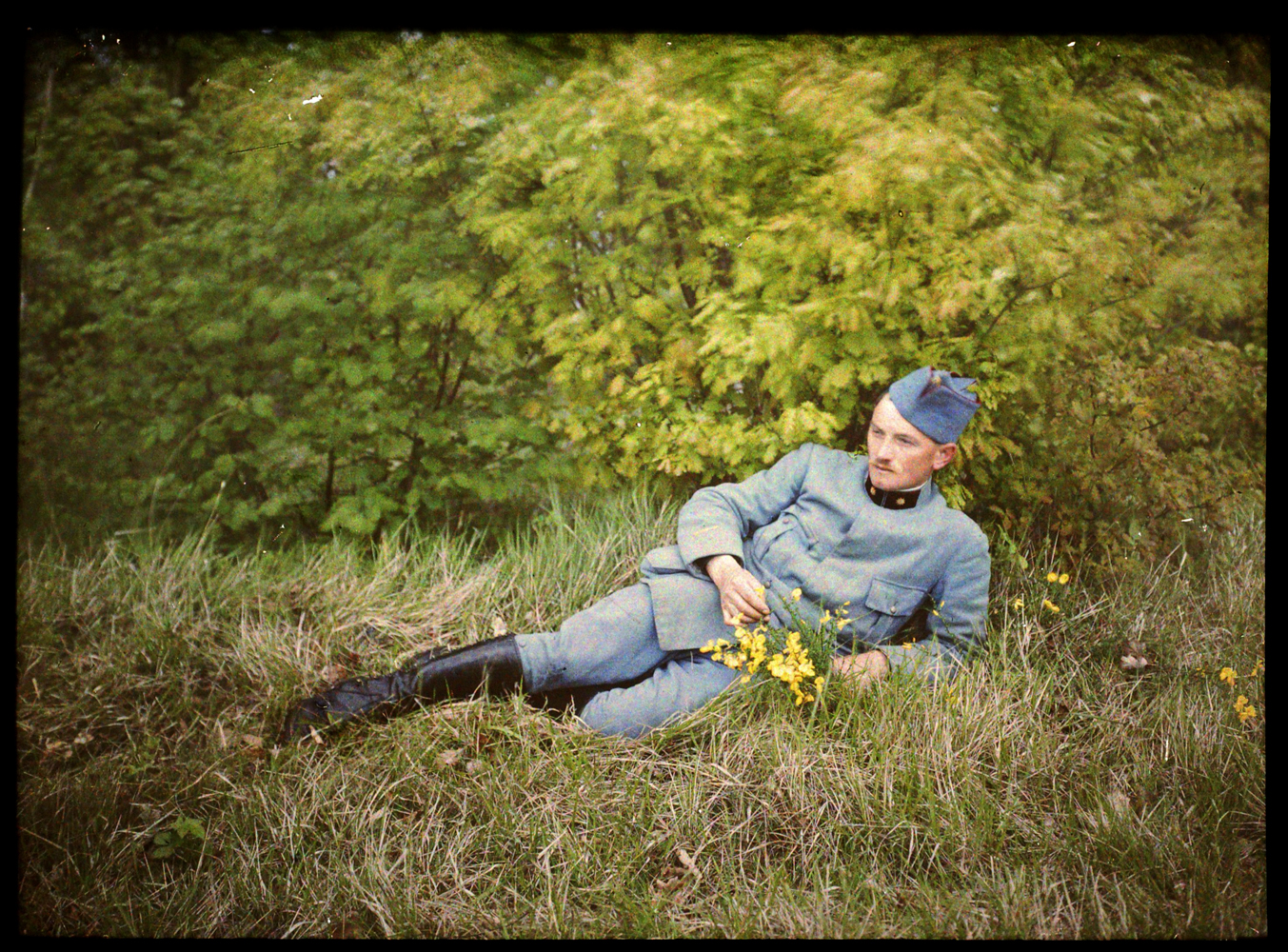
Black and white photographs often feel more genuine than color images — more truthful, somehow — especially those depicting historical events. Much of that perceived authenticity derives from the fact that black and white pictures seem to be, in the most positive way, far simpler than their color counterparts. The world itself (we like to tell ourselves) was simpler in the latter part of 19th century, and in the earliest decades of the 20th. It was only when human experience began to accelerate and grow profoundly more complicated — say, around the time of the Second World War — that color photography began to come into its own.
When Adolf Hitler, impressed by the color pictures made by his personal photographer, Hugo Jaeger, pronounced in the late 1930s that “the future belongs to color photography,” he might as easily have declared that “color photography belongs to the future.”
The past, meanwhile, belonged irretrievably to black and white.
Thus, we’re always jolted when we encounter vivid color photographs from the decades that we have collectively consigned to monochromatic grays. Sometimes these colors derive from a colorized restoration; at other times, we discover a world of color in the bowels of an old camera, locked in the emulsion of slide film in a machine lost, abandoned or forgotten decades earlier.
And sometimes, with luck, we stumble upon scenes from a “pre-color” era captured with experimental color processes. The vibrant photos from World War I posted in this gallery are examples of this surprisingly variegated, many-hued world.
The autochrome, more formally known as the Autochrome Lumière, was attributed to two brothers, Auguste and Louis Lumière — French photographers also credited with the invention of early motion-picture equipment. Although other innovators had discovered ways to bring color to images through tint and screen processing, the autochrome, debuting in 1904, utilized a number of emulsion layers (including one consisting of dyed potato starch) — locking in natural color on a permanent glass negative.
“…soon the world will be color-mad, and Lumière will be responsible,” wrote Alfred Stieglitz in a 1907 edition of Camera Work. And color-mad we soon became.
There are no more living veterans of World War I. No one left to look at a photograph of the Great War and say, I remember; I was there. No one to be triggered to the trenches, jarred back to a time and a place by patterns of light locked in photosensitive chemicals.
World War I is behind us, and with it, the first-person verification of what occurred. But the photographs — nay, the memories — remain.
Vaughn Wallace is the producer of LightBox. Follow him on Twitter @vaughnwallace.
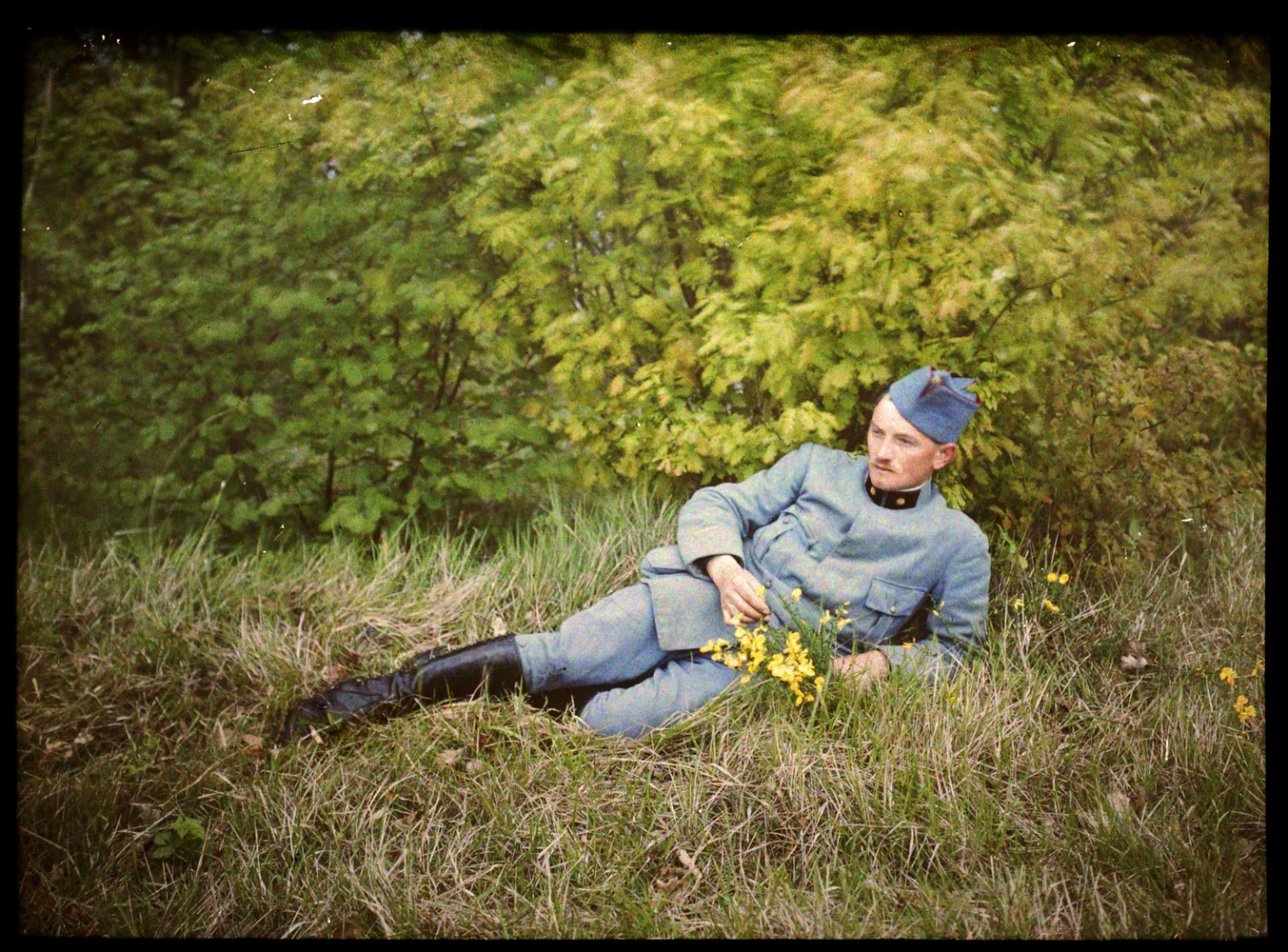

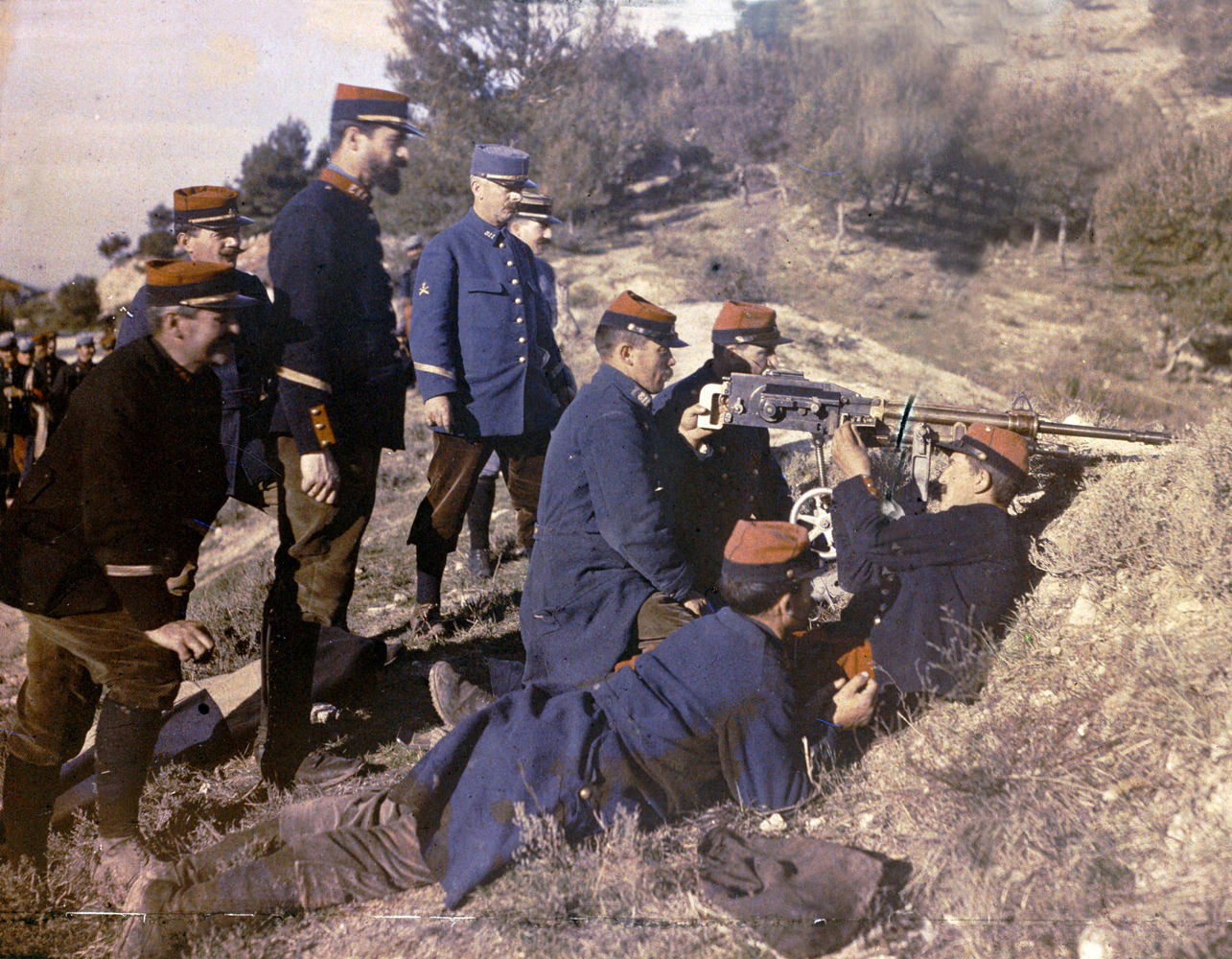
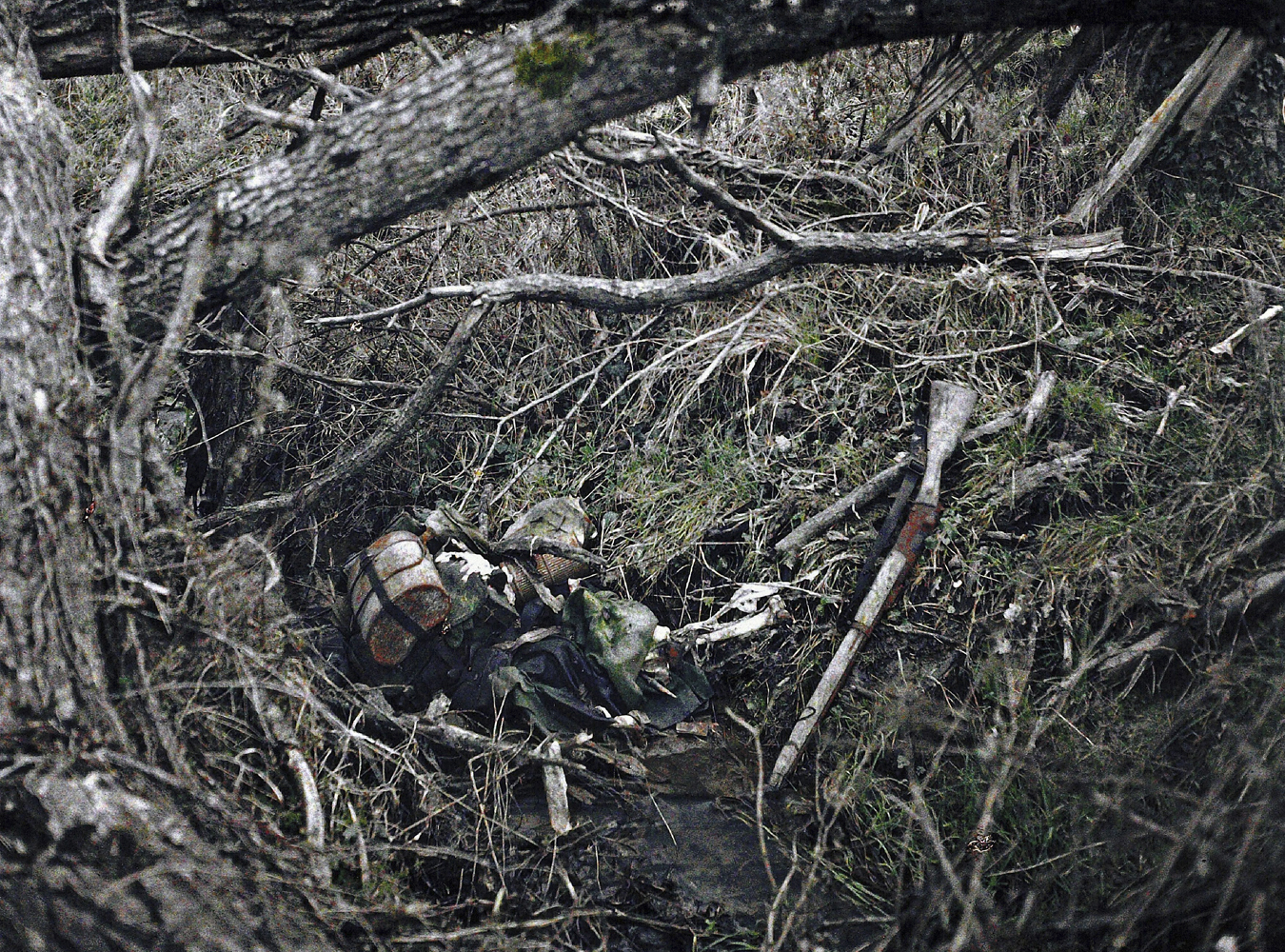
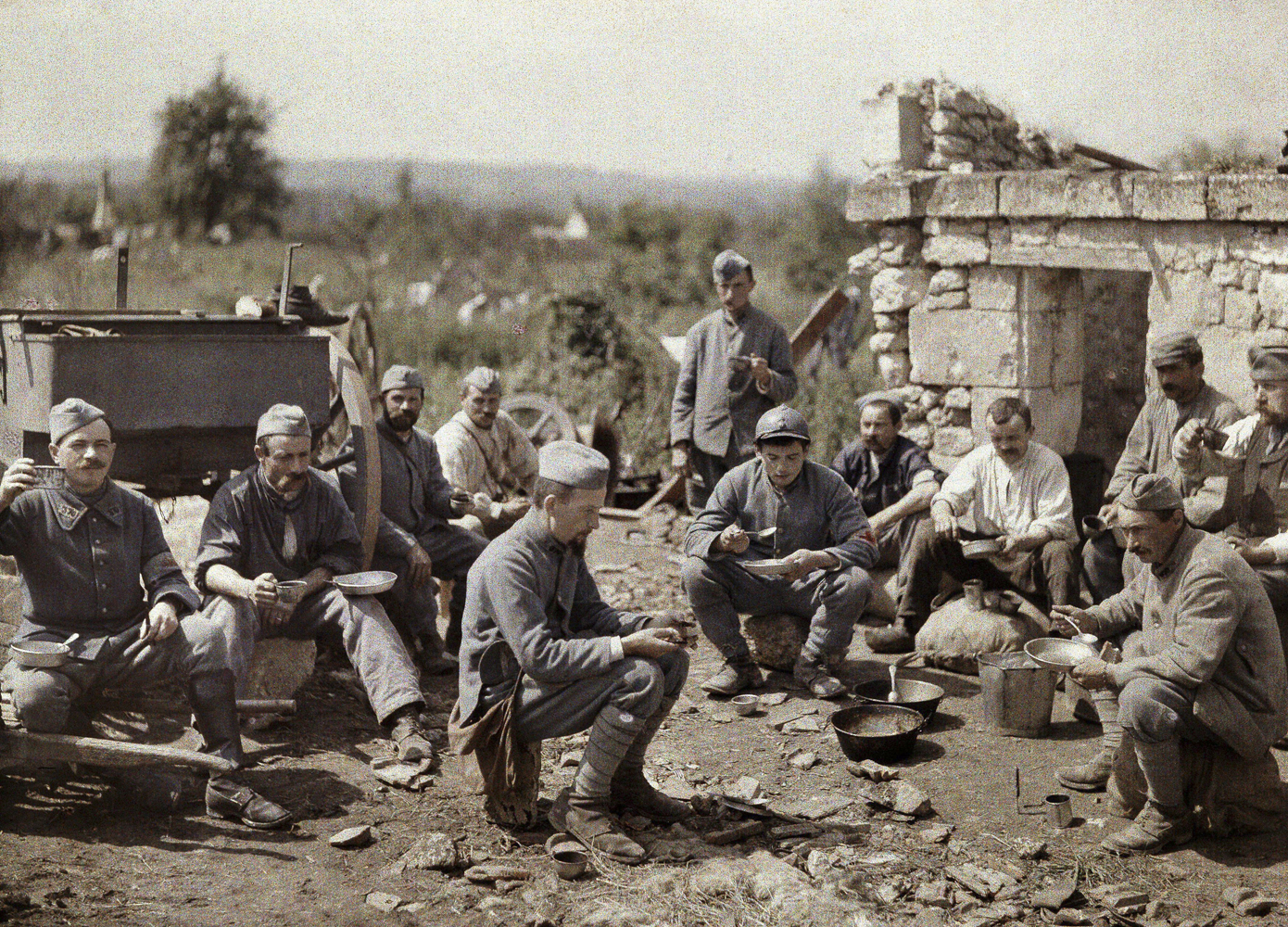


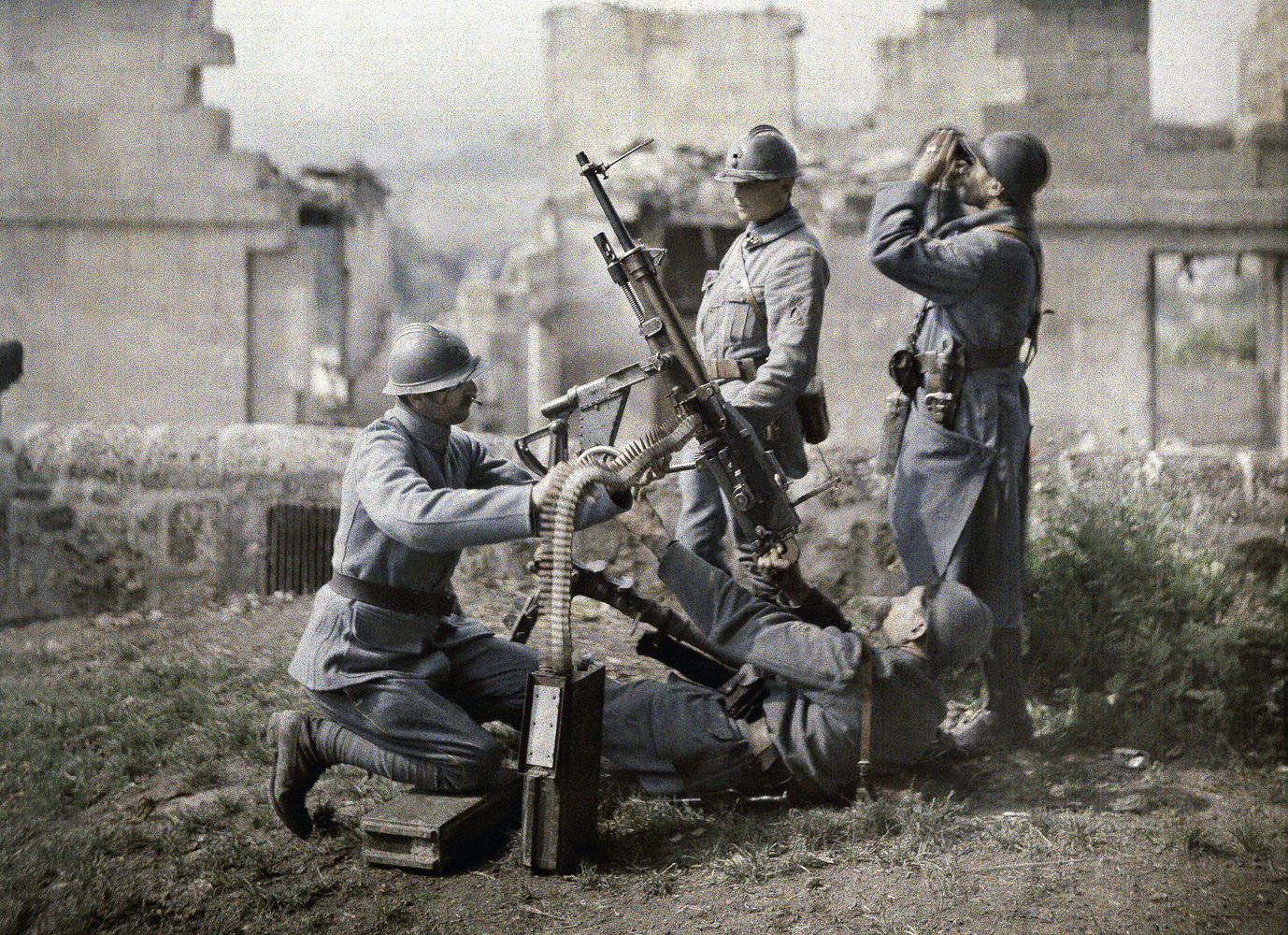



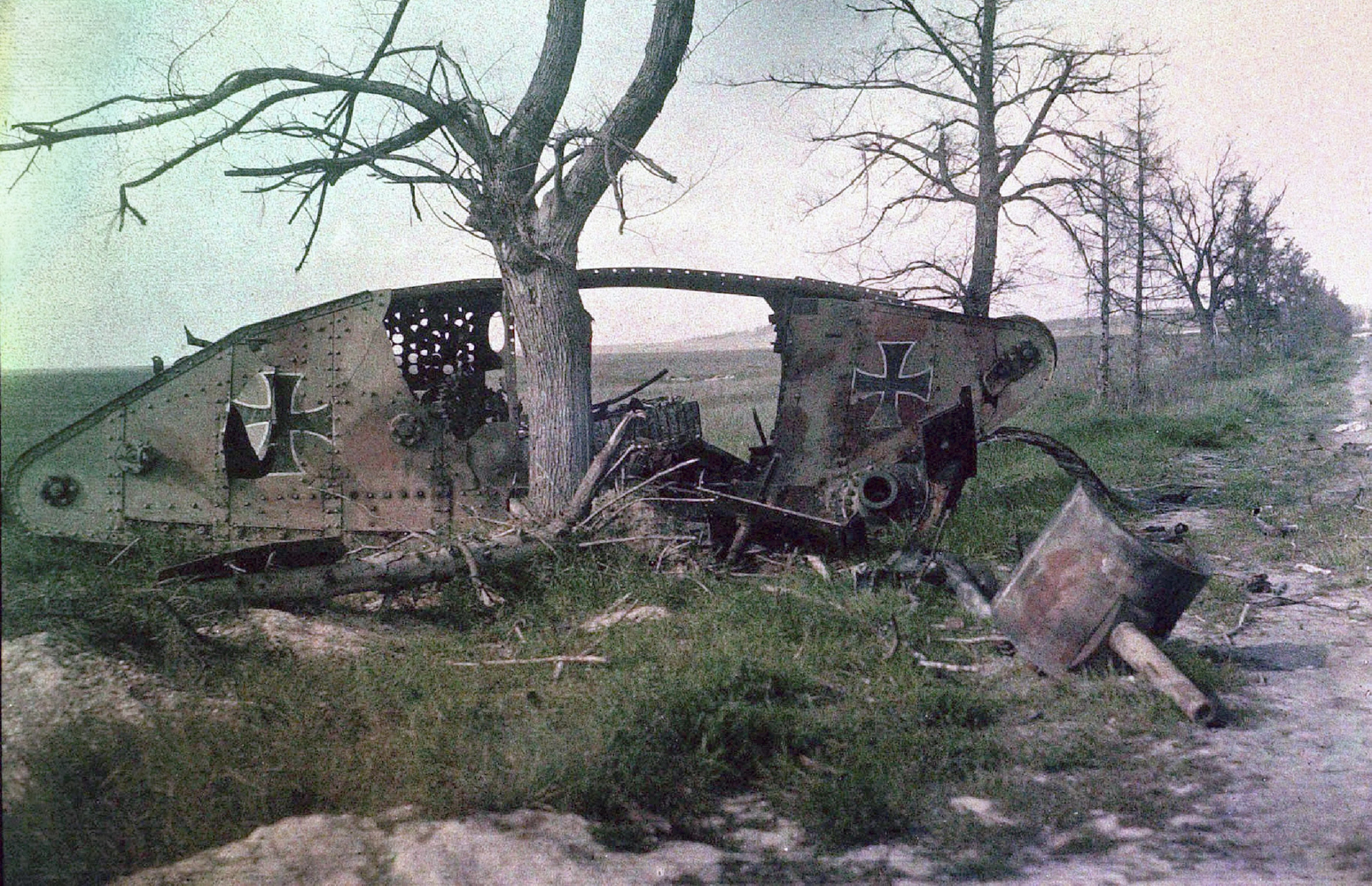



More Must-Reads from TIME
- Donald Trump Is TIME's 2024 Person of the Year
- Why We Chose Trump as Person of the Year
- Is Intermittent Fasting Good or Bad for You?
- The 100 Must-Read Books of 2024
- The 20 Best Christmas TV Episodes
- Column: If Optimism Feels Ridiculous Now, Try Hope
- The Future of Climate Action Is Trade Policy
- Merle Bombardieri Is Helping People Make the Baby Decision
Contact us at letters@time.com